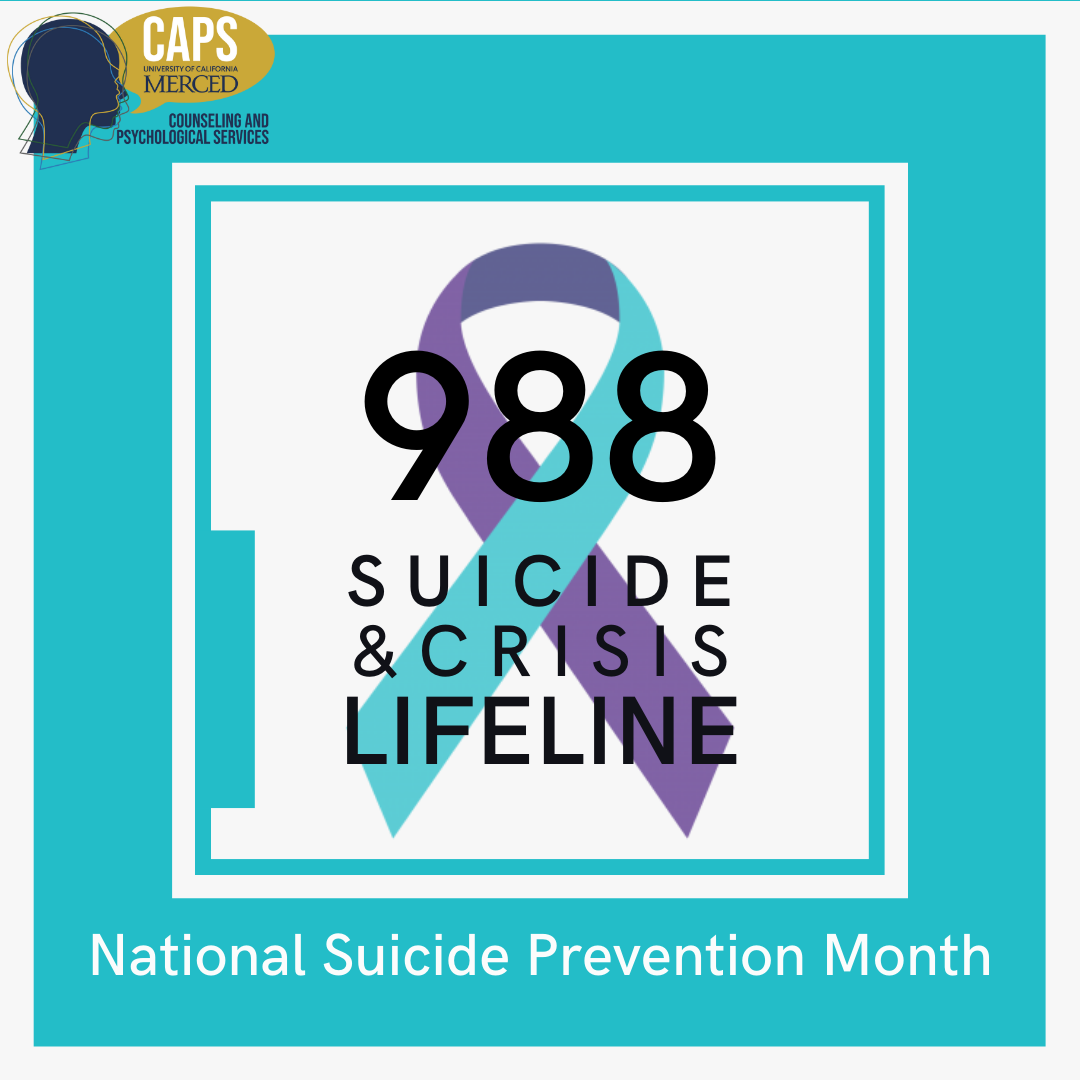We’ve all seen them, the articles urging us to improve our lives by practicing good self-care. There are countless books, blogs, videos, and workshops designed to teach us simple strategies to make our lives better. The suggestions typically involve everything from indulging ourselves with bubble baths and sugary deserts, to spending time in nature, to getting away for a vacation. While all of these are great ideas and can feel really good in the moment, they may not be enough to make a lasting improvement in the quality of our day to day lives. The reason is they’re not addressing the real problem.

Everyone deserves care. People who spend their days caring for others sometimes need reminders to take care of themselves so that they can continue taking care of others. It’s true that you can’t pour from an empty pitcher and you should secure your own oxygen mask before attempting to help others. When you actually make time to engage in self-care, it is important to make sure you are doing a form of self-care that really works.
How do you know if your self-care is working? A really good sign that your self-care attempts aren’t hitting the target is that you keep needing to do them. Sure, it feels great to savor a cup of your favorite beverage, but the sense of peace and relaxation you achieve is brief, and then the reality of life returns.
True self-care isn’t about escaping from your life for a while. True self-care is about making a life that you don’t need to escape from.
In The Unspoken Complexity of “Self-Care,” Deanna Zandt[1] explains the difference between self-care and self-soothing. Self-soothing, Zandt explains, includes “activities that provide distraction and/or comfort in difficult times.” Examples of self-soothing include taking a deep breath, binge-watching a show, enjoying a favorite food or beverage, relaxing in a bath, or taking time off from responsibilities.
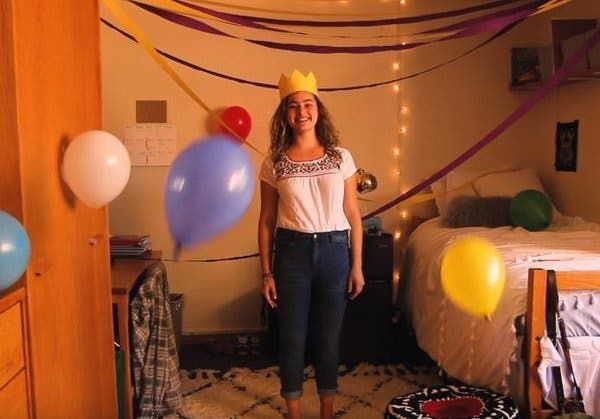
Self-soothing is very important, especially when we are making our way through difficult times. We should regularly practice self-soothing, but it might not be enough. We might also need to practice self-care, which Zandt defines as “activities that help you find meaning, and that support your growth and groundedness.”
So how can we do self-care that actually works to make a lasting improvement? It’s not easy and it’s going to take time. But it’s worth it. You’re worth it. Here are some ways to do it.
Deal with your stuff.
We all have stuff. What that stuff is is different for every person so there isn’t one magic way to deal with it. Most of us have more than one kind of stuff, so there’s a lot of work to be done here. It might mean going to therapy to deal with your depression, your anxiety or the awful things you’ve been through in your life. It might mean getting your finances in order. It might mean taking care of your physical health by seeing a doctor about that medical problem you’ve been trying to ignore or treat on your own, by eating healthy (not going on a fad diet), and by exercising regularly (not just buying a gym membership that you never use).
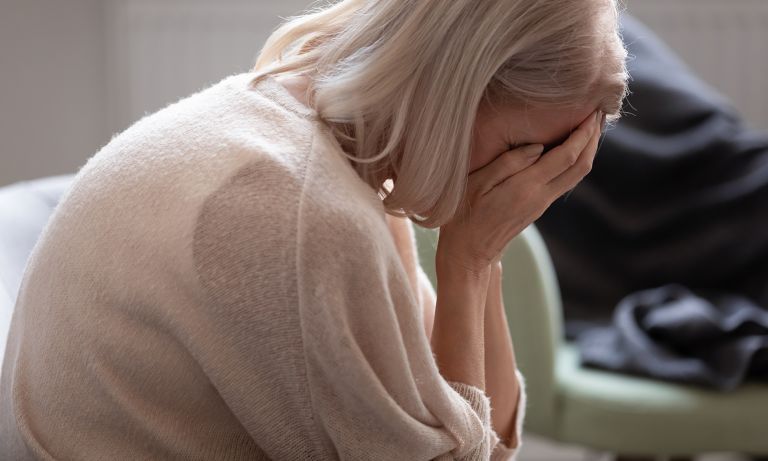
Feel your emotions. Our culture sends us all kinds of unhealthy messages about emotions. Don’t get mad! Cheer up; don’t be sad! Don’t worry; be happy! Smile! Emotions are a natural part of human life. Emotions tell us important information about our experiences. It is important to allow ourselves to feel our feelings – not just the ones that feel good, all of them.
Many of us find emotions to be inconvenient (they come up at the worst times) and embarrassing (what if someone sees me crying?) so we hide them away in our emotional junk closets. Trying to hold those feelings in causes stress that is damaging to our emotional, cognitive and physical well-being. Releasing those emotions, feeling them, may not feel good – in fact sometimes it really hurts! – but it’s so worth it. It’s like putting down a heavy bundle that we’ve been carrying around for a long time.
Examine your self-talk. Are you your own worst bully? Do you beat yourself up for every mistake that you make? Have you forgiven yourself for failing to meet your own impossible standards? When other people criticize us or put us down, we’re likely to argue back that the person is wrong and shouldn’t speak to us that way!
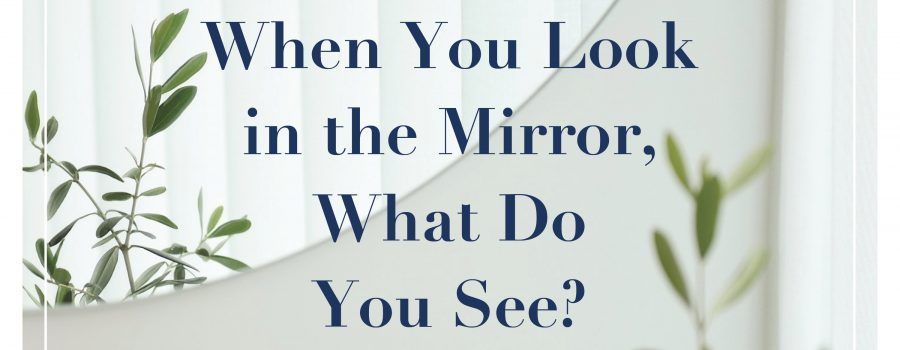
When we criticize ourselves and put ourselves down, we accept that message as the gospel truth. Pay attention to the messages you send to yourself. Make sure they’re accurate. It can be healthy to recognize what you could be doing better and ways you could improve, but only if you also recognize and celebrate the things you’ve done well and what is already wonderful about you.
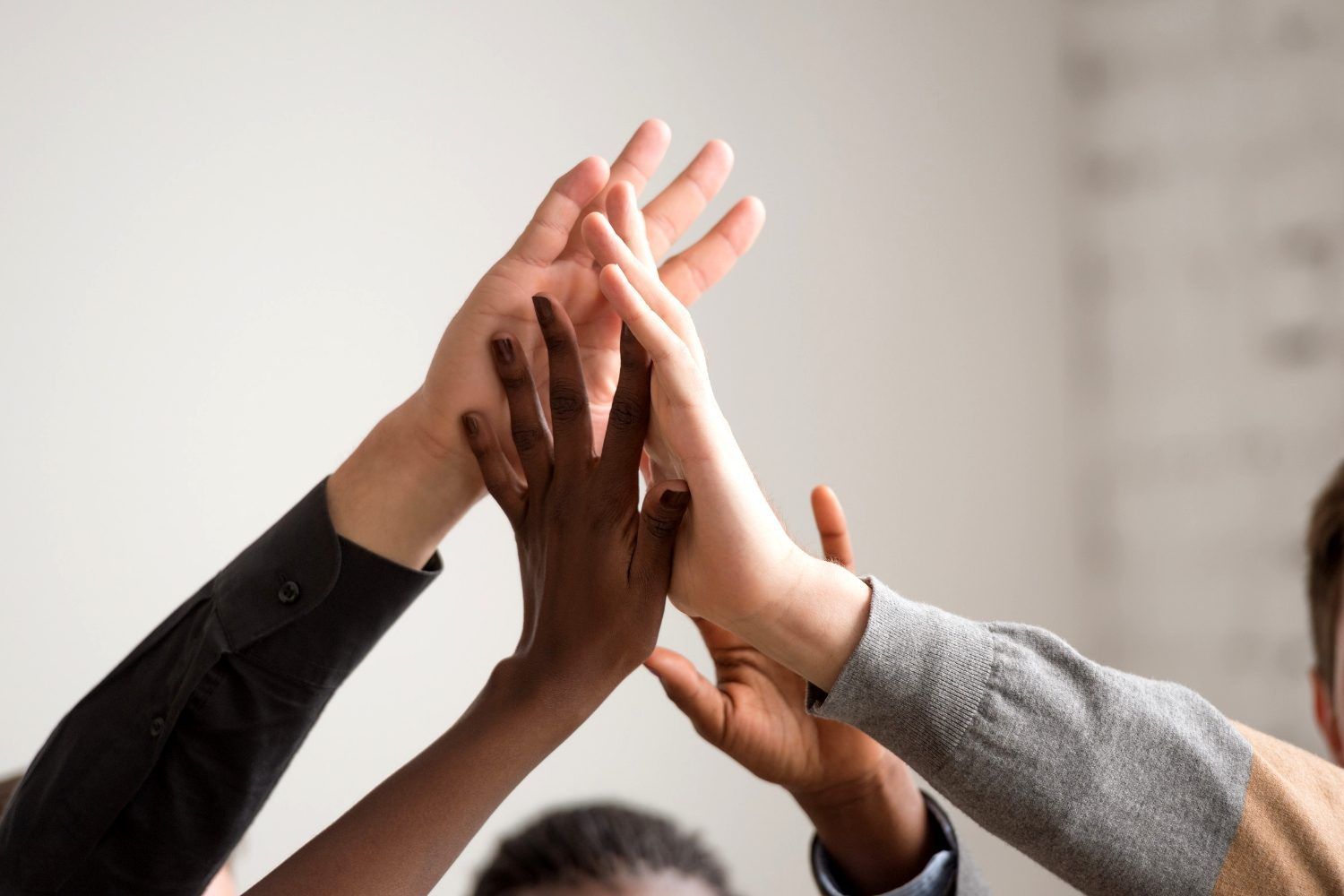
Examine your support system.
Are the people around you giving you what you need? Relationships are complex, powerful and necessary. It isn’t healthy to surround yourself with people who tear you down, making you feel bad about yourself and your life. Nor is it healthy to surround yourself with people who keep you tied to unhealthy habits and situations. Are you the one taking care of everyone else? Who takes care of you?
Who makes you feel special? Who lifts you up when you’re down? Who lends you a hand when you’re struggling? Who makes your day a little brighter?
Get involved. Sometimes the problems in our lives aren’t our own creations. The struggles that weigh you down and drain your energy may be community or institutional problems. The list is endless but some of the big ones include racial inequity and injustice, the environment, healthcare and COVID-19, lack of access to quality affordable childcare and elder care, difficulty earning a living wage, gender and sexual orientation inequity and injustice, economic disparity, and educational inequality. We can’t just wait for someone else to fix these problems for us. Taking an active role in working to overcome these larger societal problems is necessary. Knowing that you are contributing to the creation of a better world feeds the soul and gives a sense of purpose to life.
* This is the first in a series of three blog posts on Self-Care. The second post in the series will focus on teenager self-care.
Child and Adolescent Behavioral Health's Trauma Program Mary Kreitz, LPC, CDCA, is the author of this blog. Mary is an expert in her field with 18 years of experience. If your child or adolescent is struggling with a mental health issue, please contact C&A at 330-433-6075.
[1] Zandt, D. (2019). The Unspoken Complexity of Self-Care. https://www.deannazandt.com/portfolio_page/the-unspoken-complexity-of-self-care/
RECENT POSTS









